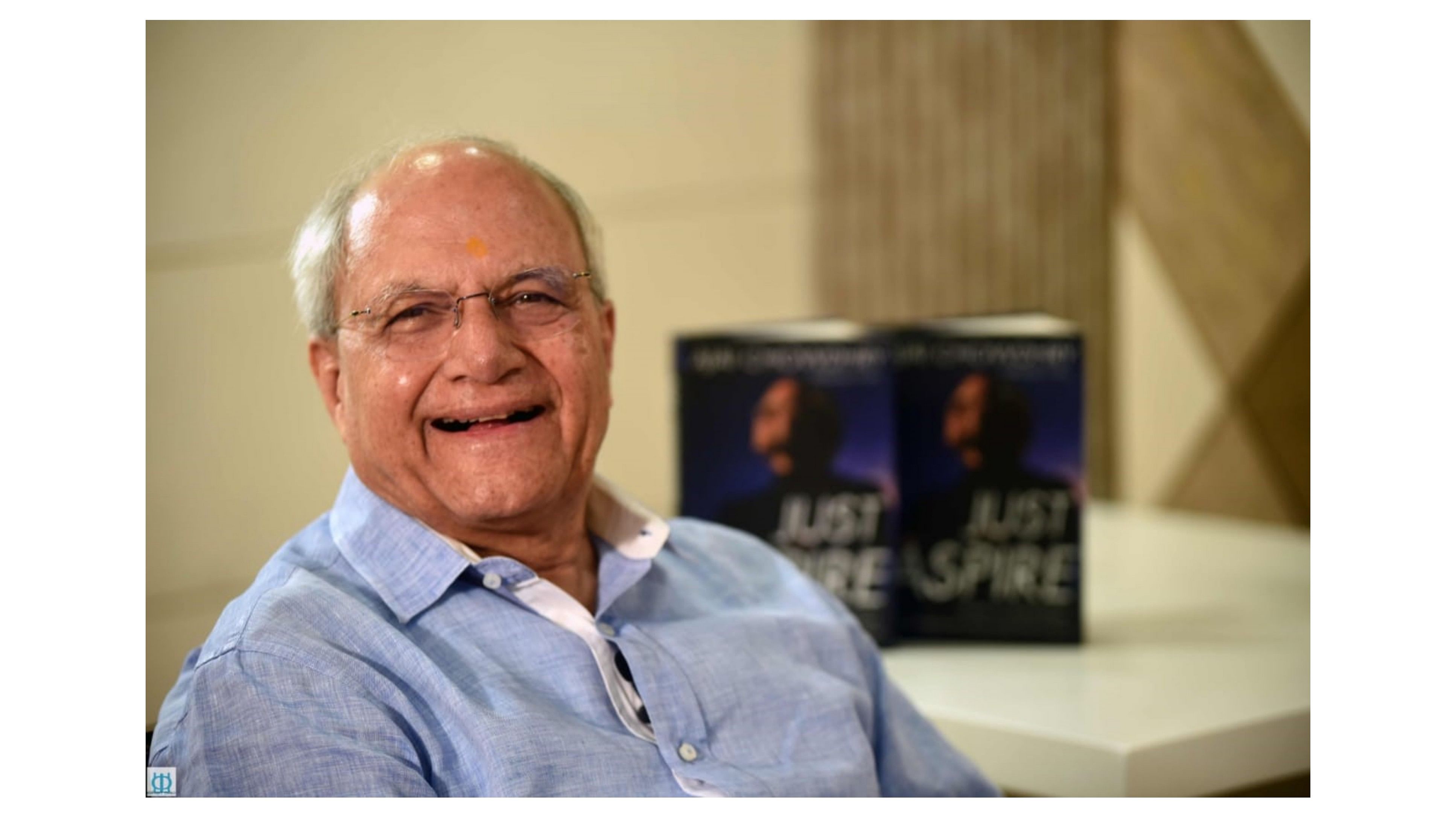
HCL co-founder Ajai Chowdhry.
Credit: Special Arrangement.
HCL, earlier called Hindustan Computers Ltd, is regarded as a pioneer of ‘Make-in-India’ in the electronics sector. Founded in 1976, it is one of India’s original IT garage start-ups. The company has diversified and now earns bulk of its revenue from software and services business. Ajai Chowdhry, one of the co-founders of HCL said that the government’s PLI scheme has to be effective throughout the manufacturing value chain. In an interview with DH’s Gyanendra Keshri, Chowdhry throws light on the evolving start-up ecosystem, and the opportunities and challenges in the Indian hardware and electronics manufacturing sector. Edited Excerpts:
India has done quite well in software and services but lagged behind in hardware manufacturing. Being a co-founder of a firm that started with hardware manufacturing, how do you see this evolution?
When we started HCL in 1976, that was the first computer company that designed and made their own computers based on microprocessors. That time no imports were allowed, so we had to design and make from ground up. Even up to 1995-96, a lot of growth took place in electronics and especially in computers where many companies designed and started to make computers in India.
But around 1996 the government decided to sign a WTO agreement, which is called ITA (Information Technology Agreement), without consulting the industry. It was agreed that all IT product imports will attract zero duty. As a result, global imports started to come. There was not enough time given to the local industry to grow and scale. Between 1995 to 2005 most of the small companies vanished.
Now there is a renewed focus on electronics manufacturing, through the incentive schemes like PLI. How do you see the recent trend?
All the manufacturing that is happening in electronics today, the numbers are quite large, the number of jobs that are getting created is very good. Scale is happening, but no real value addition. My concern has always been that unless you design components in India you will never create a complete supply chain. If you don’t look at it that way, we are actually having a situation like when PLI goes away a lot of companies might just go away. At the moment the value addition in electronics in India is very low. It’s around 8%. Let’s take the example of some of the Chinese manufacturers. They basically get PLI. They add a value of 4-8%, then they send back royalty to China.
What's the way out to make PLI more relevant?
We want PLI in such a manner that a complete ecosystem gets created. Supply chain gets created, component manufacturers start to come to India and all of that gets developed. If it is just about manufacturing in volume, it’s not a sticky policy. Tomorrow another country can give better PLI than us. The biggest advantage that we have is our very large market. We need to take the value addition in electronics manufacturing in India from 8% to at least 50%. That’s where we should be moving.
How do you see the opportunity in the semiconductor sector?
India has a very large semiconductor design capability. We are doing it for the world. We are not doing it for ourselves. Export of technology services is around $38 billion. But all this design and engineering work is done for exports, not for India. As a result, a lot of capability has been created. We should use this capability to create Indian products.
HCL can be termed a typical startup. How do you see the evolution of startups in India over the decades?
When we started HCL, there was nothing called a startup. Those days there was no money available, no angel investors or VCs. When we started our business, we even needed a license to start manufacturing. There was no real institution that could help startups. Today, there are so much resources like incubators, and institutions to teach people how to create products.
Funding seems to be drying up for startups. How do you see this issue?
Yes, lesser funds are available, but still funds are available for good projects. If there are good products and good founders then the funds are available. As a matter of fact, what happened 3-4 years ago in that frenzy of growth lots of VCs put out money and as a result a lot of startups got spoiled. They got too much money. They didn’t know how to use that money. What is happening today is good for startups.